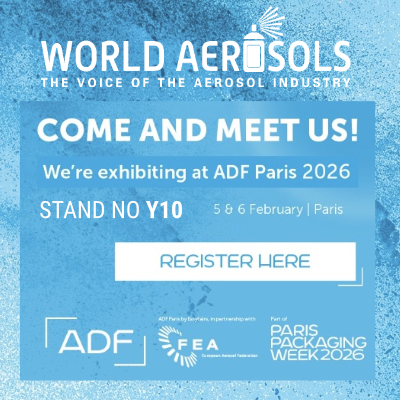FEA releases preliminary 2023 filling figures for UK, Germany and France

UK
Total units filled were 1.421 billion.
The UK saw stable aerosol filling volumes overall, with growth in the personal care sector, but declines in household products like air fresheners and shaving products.
Hard surface cleaners declined post-Covid in the household sector, while the decrease in air fresheners was possibly due to a significant brand transitioning to “aerosol-free” products.
Various fragrance delivery methods have expanded consumer choices.
In the technical categories, paint aerosols have been consistently growing, and automotive and industrial aerosol filling volumes have remained stable.
This highlights the sector’s strength and unique advantages of the aerosol dispensing system.
New products are being introduced to attract consumers who are still using wet shaving methods.
Germany
Total units filled were 920 million.
In comparison, the German industry saw a 5.2% decrease in production, with declines in cosmetic aerosols and increases in household and paint aerosols.
The cosmetic aerosol segment decreased by 6.4%, mainly due to declines in hair sprays, hair lacquers and other aerosols.
However, deodorants and antiperspirants saw a 3.2% increase, while hair mousses production increased by 5.3%.
Household aerosol production increased by 5.1%, with oven and kitchen cleaners rising.
Car care and technical spray production fell, but paint and varnish sprays increased by 10.6%.
France
Total units filled were 657.9 million
The French aerosol industry grew by 8%, driven by increased air fresheners and household cleaning products.
The household segment saw a significant increase in air fresheners, while insecticides and plant protection products declined due to regulations and weather conditions.
The textile/carpet, furniture polish, and other household products segment experienced a 66% growth driven by demand for cleaning and disinfecting products.
In the miscellaneous category, total volume decreased by 35% from 2022, with decreases in automotive, industrial, pharma, food, and other products.
Automotive/cycles, paint/varnish, and industrial and technical segments decreased due to raw material shortages, while the food and other segments saw a significant drop.














